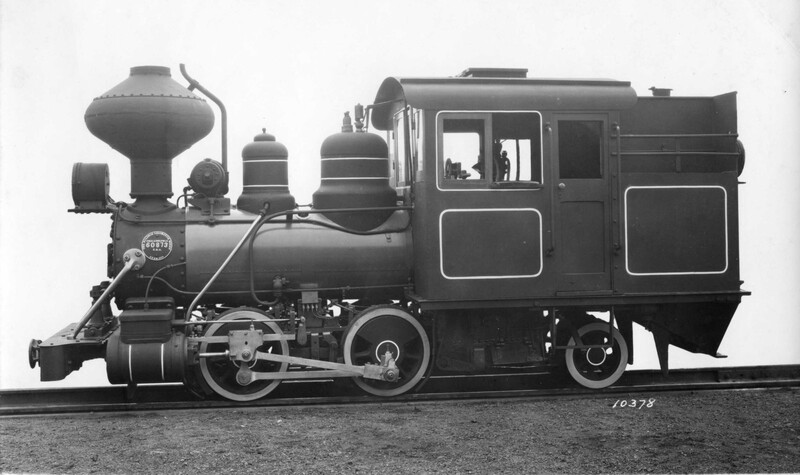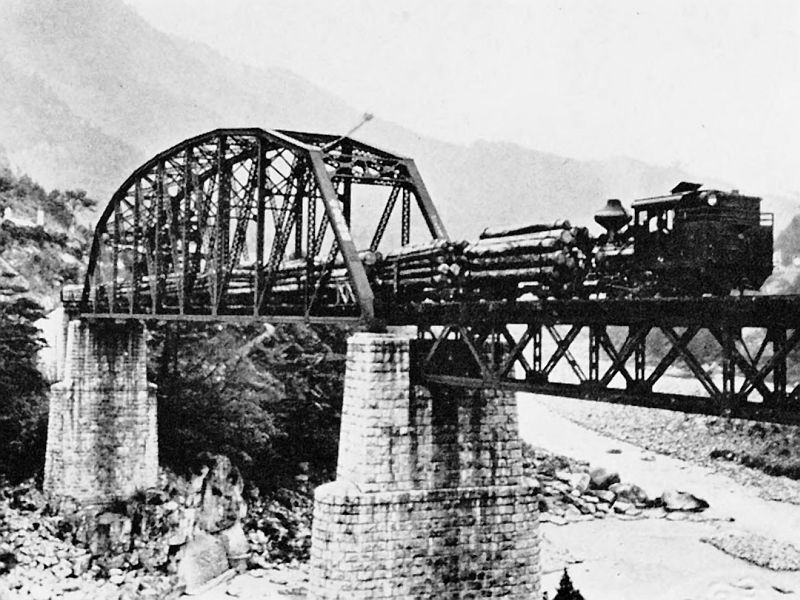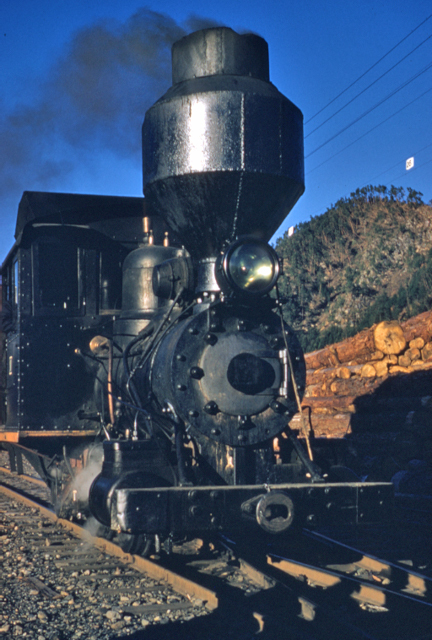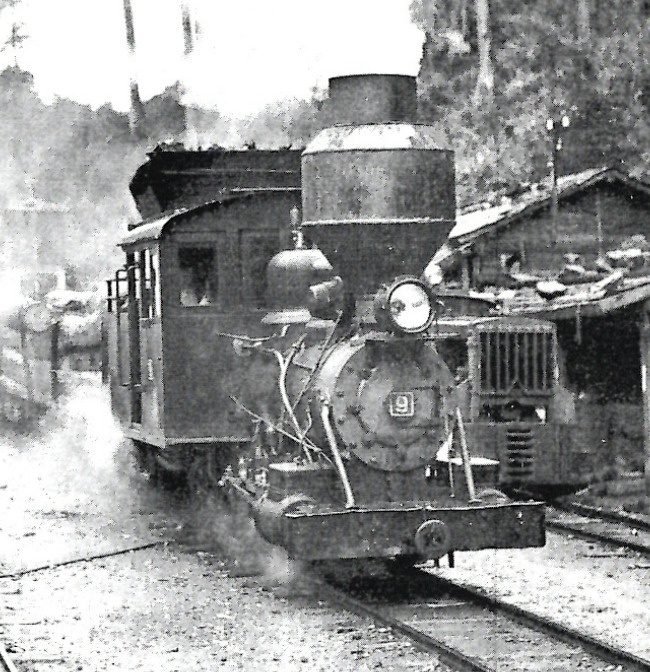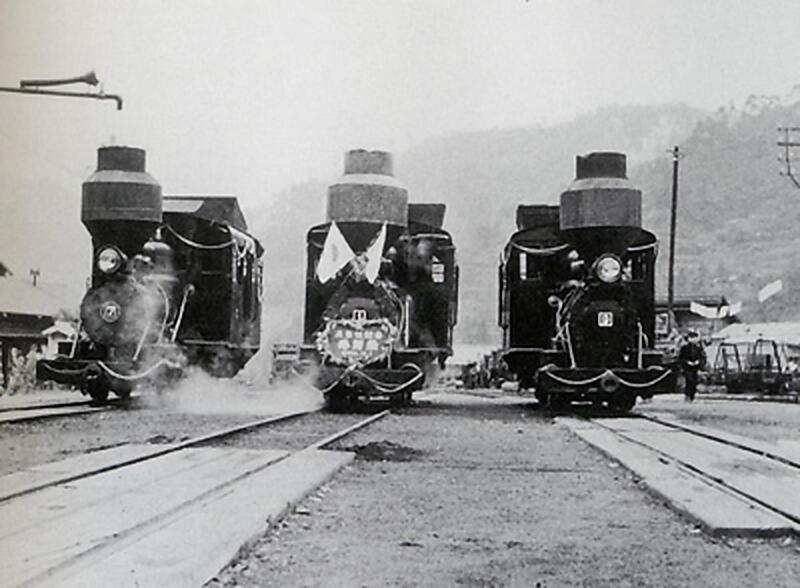
Kiso No. 9 in Japan
The Kiso Forest Railway No. 9 is a Baldwin 0-4-2RT 6-10 1/3 C91 steam locomotive built in June 1929 in Pennsylvania. It is one of ten locomotives in the last of three total orders built for the Imperial Forestry Bureau of Japan, for use on the Kiso Forest Railway, a 30-inch gauge logging railroad in the Nagano Prefecture in the center of Japan- west of Tokyo and north of Nagoya.
The locomotive was originally delivered as Kiso Forest No. 17, with simple utility features: a bulbous Rushton “cabbage” smokestack, single-chime whistle (no bell), headlights, steam-driven alternator, sliding windows, and cab doors- all features common on American logging railway locomotives of the time. The rear bunker was built with high walls to accommodate the required capacity of coal given the limited rear footprint. Painted portions were black with golden pinstriping.
The Kiso Forest Railway (木曽 鉄道) was a network of branchlines, each run by a separate Forest Bureau Precinct. It opened in 1915, hauling logs from the forests down to the Agematsu and Kiso villages. At its peak, it ran over 400 km (250 mi) through the Kisogaya Forest Region.
During its early years, villages along the rail lines requested that passenger and freight service be provided, as the railway was conveniently positioned to be a much faster transportation method versus the mountain roads. Over time, stations were added, and some logging cars were converted to haul passengers and mixed freight. Interestingly, it has been recorded that safety on these converted cars was “not guaranteed,” save for the scratch-built school train for children.
Most of the locomotives were scrapped during World War II for their steel and copper, and were slowly replaced with diesel locomotives from domestic manufacturers. Logging demand slowed after the war. Steam power ran on the railway through 1959, and the railway slowly closed over the next 20 years. The last branchline closed to revenue service in 1976.
Kiso No. 9 is one of three Baldwin locomotives that survived metal reclamation during WWII. During this era, the railroad was forced to switch from coal to wood chips for fuel. This necessitated the modification of the cabbage stack to a custom-designed spark arresting design that prevented wood embers from escaping and starting forest fires. This is the stack you see today.
The bunker was modified with a large funnel-style vertical extension, presumably to hold the amount of wood required to complete daily tasks. To accommodate this change, a new rear-facing angled water inlet was added, and the rear headlight was moved from the center face of the bunker to a high offset position on the fireman’s side. The locomotive was renumbered to No. 9 and painted completely black during this time as well.
Today a restored portion of the Railway can be found in the Akasawa Natural Recreation Forest, where parts of the original right-of-way have been restored for summer tourist excursions. The railway still exhibits the original Kiso No. 1 on static display. It retains the postwar design and accessory equipment as seen in revenue service. No. 1 celebrated its 100th birthday on September 28th, 2014.
• Agematsu Town Tourism Association, "Guide to Akasawa Forest Railway" (see QR code).
• "Kiso No. 7 in Japan," courtesy of D. Marenzi.
• California State Railroad Museum, Master Railroad Equipment Roster, 2015.
• Imperial Chamber of Forestry Bureau, Imperial Forest Service Fifty Years' History (see QR code).
• R. Farnsworth, "Japanese Narrow Gauge — Kiso Railway" (see QR code).
• Central Japan Forest Office, museum signage, Agematsu Forest Railway Memorial Museum, 2024.




